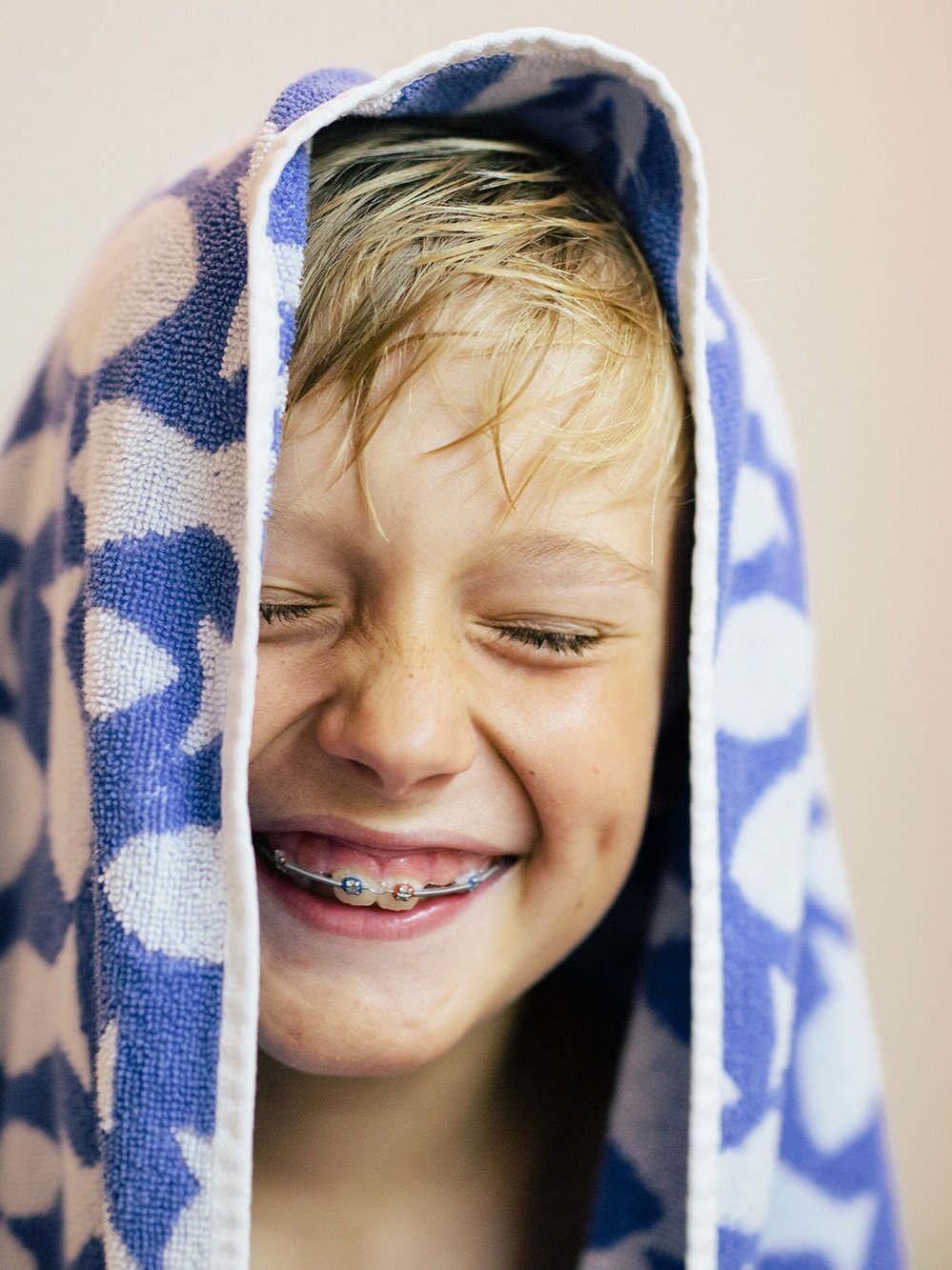Montessori: Questions, Myths & Misconceptions.
Does Montessori have any religious affiliations?
Montessori is a secular education system, exactly like the public education sector. This means that no particular religion is taught as part of the curriculum, but that all religions are respected. Respect is a key component in a Montessori classroom - respect for the child, respect for the environment, respect for others and respect for oneself.
There are approximately 25,000 Montessori schools throughout the world located in over 120 countries in a wide range of cultural and socio economic settings.
Is it true that Montessori is rigid and structured?
In many ways, the Montessori method is the antithesis of how people traditionally think of school. For much of the day, students don’t sit at desks or tables. They aren’t expected to follow teachers’ instructions perfectly. And they aren’t constantly given instructions on what to do.
However, a Montessori classroom is a calm, orderly space, and because the research on the Montessori method suggests that its effectiveness largely depends on the fidelity of the implementation, Montessori classrooms, regardless of whether they are public or private programs, should reflect the hallmarks of Dr. Montessori’s design.
Why do Montessori schools have mixed age classrooms?
Dr. Montessori based her educational philosophies, including the materials and classroom setup she developed, on her scientific observations. She discerned six distinct stages of development – birth to age three, age three to six, age six to nine, age nine to 12, age 12 to 15 and age 15 to 18 – and thought that children’s learning progresses naturally during these development stages rather than by grade level.
As a result, Montessori classrooms are “grouped” based on these ages; for example, Pre-K3, Pre-K4 and kindergarten students learn together in a classroom overseen by a teacher credentialed for this age group. Because kids learn at different paces, grouping by age can prevent students who learn at a slower but developmentally appropriate pace from being labeled as behind grade level.
Dr. Montessori also thought that acknowledging the individuality of each child resulted in better learning outcomes, so student choice, also known as self-directed learning, is an integral part of the Montessori method. Students are free to choose the activity they want to work on from a range of carefully prepared, developmentally appropriate materials.
Why is there child-size furniture in the classrooms?
In general, Montessori classrooms have child-size furniture that students can easily move, a large open space so students can move around as they please and low, child-accessible bookshelves.
Each shelf contains a small, sensory-oriented activity that corresponds with a developmentally appropriate lesson or skill. The top shelf has the easiest lesson in the unit, the bottom shelf the hardest. Although students can reach all of the materials, they can’t work on an activity unless they’ve had at least one demonstrative lesson from the teacher.
And they can’t jump to the hardest shelf first. To pass a shelf (a.k.a. lesson), students have to show the teacher how they solved the activity, which often includes teaching it to another student.
Dr. Montessori believed that children have the capacity for prolonged periods of concentration, so the Montessori method calls for large chunks of time – usually around three hours – where students work independently on lessons of their choosing. During uninterrupted work time, a teacher might ask students, “Can I watch you work?” and then assess the students without interrupting, taking in-depth notes about their academic ability as well as their interactions with their peers.
Why are Montessori classrooms laid out the way they are?
Dr. Montessori observed that children had a sensitivity to their environment. She noticed that they focused better in an orderly environment and believed that if they had some responsibility for the classroom, they would be more likely to take ownership over the learning that went on in it.
As a result, the Montessori method includes “practical care” lessons (e.g., sweeping, wiping down tables, dusting). It’s not uncommon for Montessori students to prepare snacks for the class or arrange flowers for the classroom. Practical care lessons help develop students’ self-reliance, civic responsibility and attention. For instance, if students decide to wash dishes after snack time, then they follow a step-by-step procedure, and the teacher assesses whether a student can complete a full cycle of work without breaking it up into smaller pieces or getting distracted.



